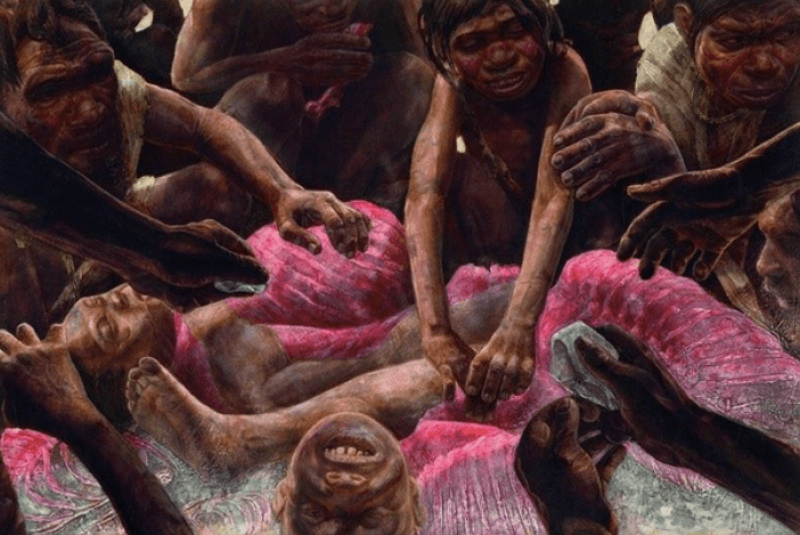From our privileged position today as the apex species on planet Earth, with a relative bounty of plant and animal food compared to times past, cannibalism is almost universally abhorred. But did this aversion exist among our ancestors? Scientists generally view Paleolithic cannibalism as the exception, not the norm, but maybe that’s just wishful thinking. Picturing our ancients as noble hunters and gatherers is preferable to viewing them as brutish, opportunistic cannibals.
As Dr. James Cole, a principal lecturer in archaeology at the University of Brighton, wrote in Ig Nobel Prize-winning research published in 2017, “Given the sparse nature of the hominin fossil record, the fact that we have evidence for cannibalism at all infers that the behavior was perhaps more common within prehistoric populations than the number of archaeological sites suggests.”
So did humans cannibalize others opportunistically, perhaps upon the death of a group member? Was it more out of necessity, in situations of starvation? Or did humans in rival groups hunt each other like they might a deer or a boar? Cole tried to answer that question by calculating the number of calories in an adult man. He found it to be about 143,771, enough to feed a group of about 25 adult humans for half a day.
He reasoned that this nutritional prize wouldn’t really be worth the trouble, especially compared to hunting a horse, an aurochs (wild ox), or a mammoth, ruling out the notion that ancient humans regularly hunted each other.































